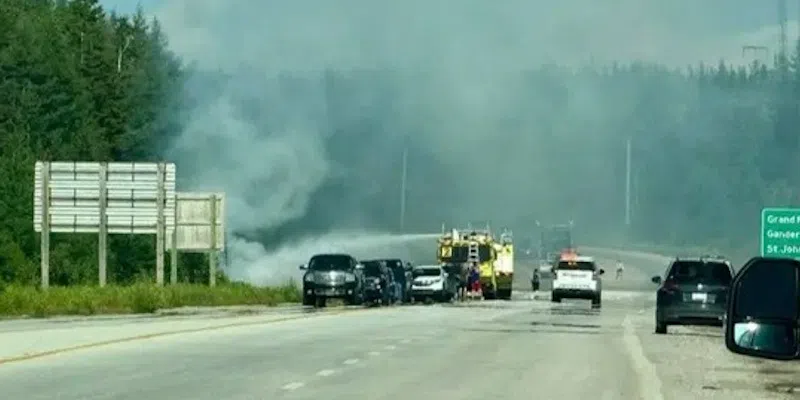
Introduction
The recent plane crash in Deer Lake, Newfoundland and Labrador, has drawn significant attention as it raises urgent questions about aviation safety in Canada. The incident underscores the complexities and risks involved in air travel, particularly in remote regions. As investigations unfold, understanding the events leading to the crash and their implications is crucial for the aviation community and the general public.
Details of the Incident
On the morning of July 10, 2023, a small private aircraft, identified as a Beechcraft Bonanza, went down shortly after takeoff from Deer Lake Airport. Reports indicate that there were four individuals on board at the time of the accident. Emergency response teams acted swiftly, but the difficult terrain hindered immediate rescue efforts. Sadly, all four passengers were confirmed deceased at the scene.
The Transportation Safety Board of Canada (TSB) has commenced an investigation to determine the cause of the crash. Preliminary reports suggest that weather conditions may have played a role, with fog being reported in the area at the time of the accident. Additionally, the TSB is reviewing the aircraft’s maintenance history and the experience level of the pilot.
Broader Context and Safety Concerns
This incident has ignited discussions about aviation safety protocols in remote parts of Canada. Deer Lake is located in a region where small aircraft are often the only means of transportation, especially for communities that are otherwise isolated. The ability to fly in and out of such locations carries inherent risks, making safety measures, training, and emergency preparedness crucial.
Canadian aviation safety regulations mandate stringent guidelines for operators, yet accidents still occur. According to the TSB, there were 186 aviation accidents in Canada in 2022, highlighting the ongoing challenges and the need for continuous improvement in safety protocols.
Conclusion
The Deer Lake plane crash is a tragic reminder of the perils associated with aviation, particularly in Canada’s more isolated regions. As the TSB continues its investigation, the findings will be significant not only for understanding the specific causes of this accident but also for enhancing safety measures in the future. It is essential for industry stakeholders to take this opportunity to reevaluate existing protocols, advocate for better pilot training, and ensure that safety remains the top priority in aviation operations. The implications of these findings will resonate throughout the aviation community, ensuring that measures are put in place to avert such tragedies in the future.



